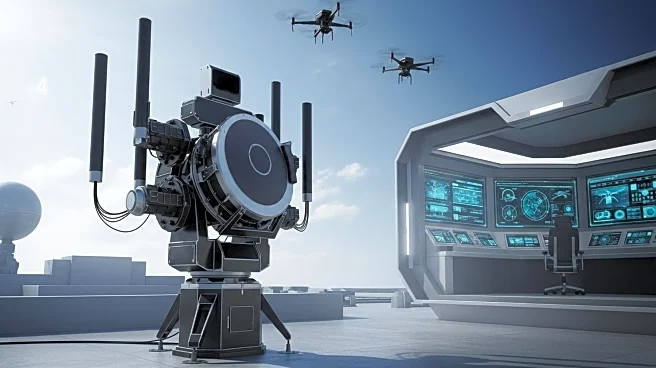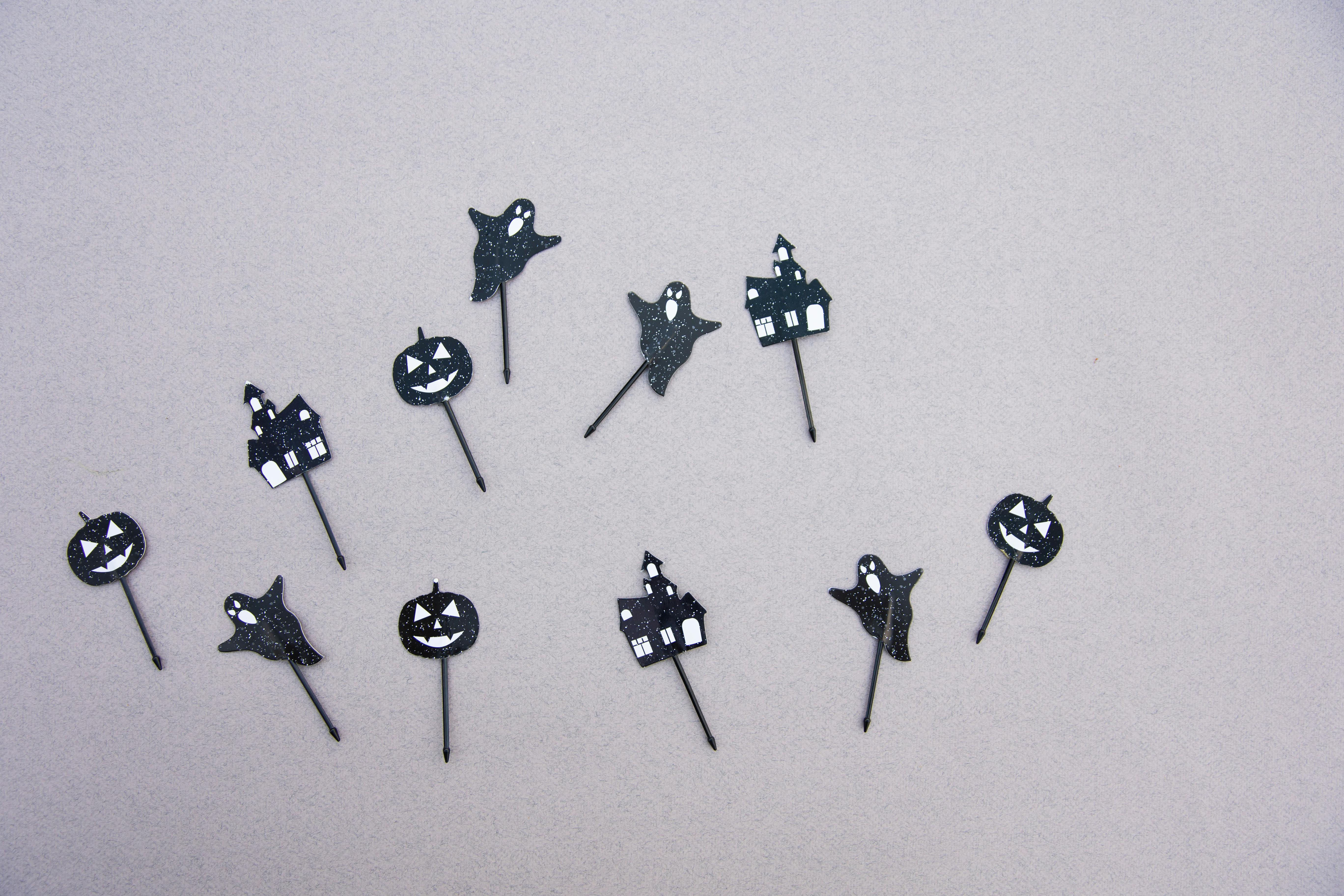What is the story about?
What's Happening?
NATO members have increased coordination to address the threat of Russian drones encroaching on member airspace. Recent incidents have prompted NATO to refine its air policing activities, transitioning to a broader air defense mission known as Eastern Sentry. This initiative aims to provide member countries with more options to respond to incursions, including tracking and potentially shooting down Russian aircraft. The meeting in Riga, Latvia, highlighted the need for synchronized rules of engagement and the contribution of new assets, such as Denmark's anti-aircraft frigate and F-35s.
Why It's Important?
The escalation of Russian incursions poses a significant threat to NATO member countries, necessitating a coordinated response to ensure regional security. The transition from air policing to air defense reflects the seriousness of the threat and the need for proactive measures. The involvement of NATO members in addressing these challenges underscores the alliance's commitment to collective defense and deterrence. The situation also raises concerns about the future role of U.S. forces in Europe, with potential implications for NATO's strategic priorities.
What's Next?
NATO will continue to refine its response strategies, ensuring that member countries are prepared for future incursions. The alliance may seek to enhance its capabilities and coordination, potentially involving more member contributions to Eastern Sentry. The evolving threat landscape will require ongoing assessment and adaptation to maintain security and stability in the region.
Beyond the Headlines
The situation highlights the cultural differences within the Russian military, which may contribute to provocative actions. NATO's response strategy aims to deter further incursions and prevent escalation, emphasizing the importance of maintaining a strong and unified defense posture.
AI Generated Content
Do you find this article useful?















